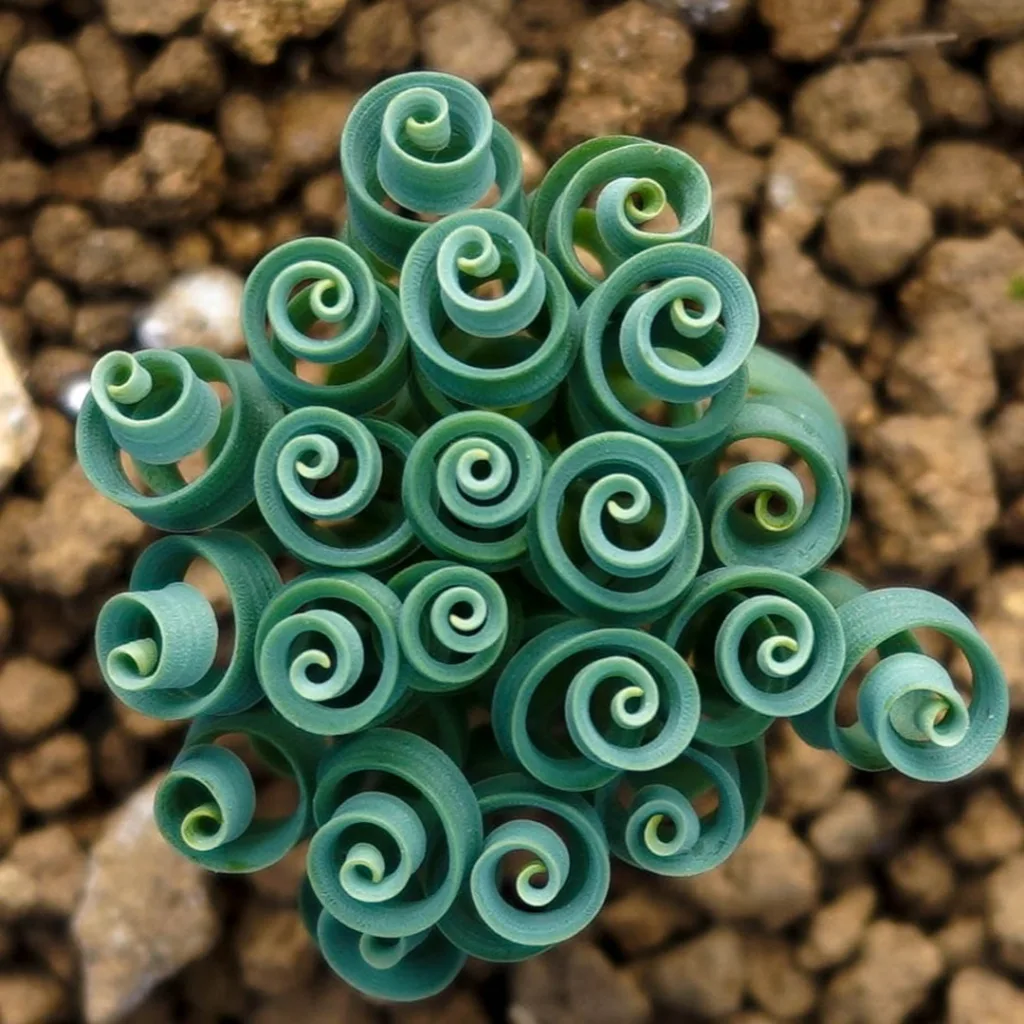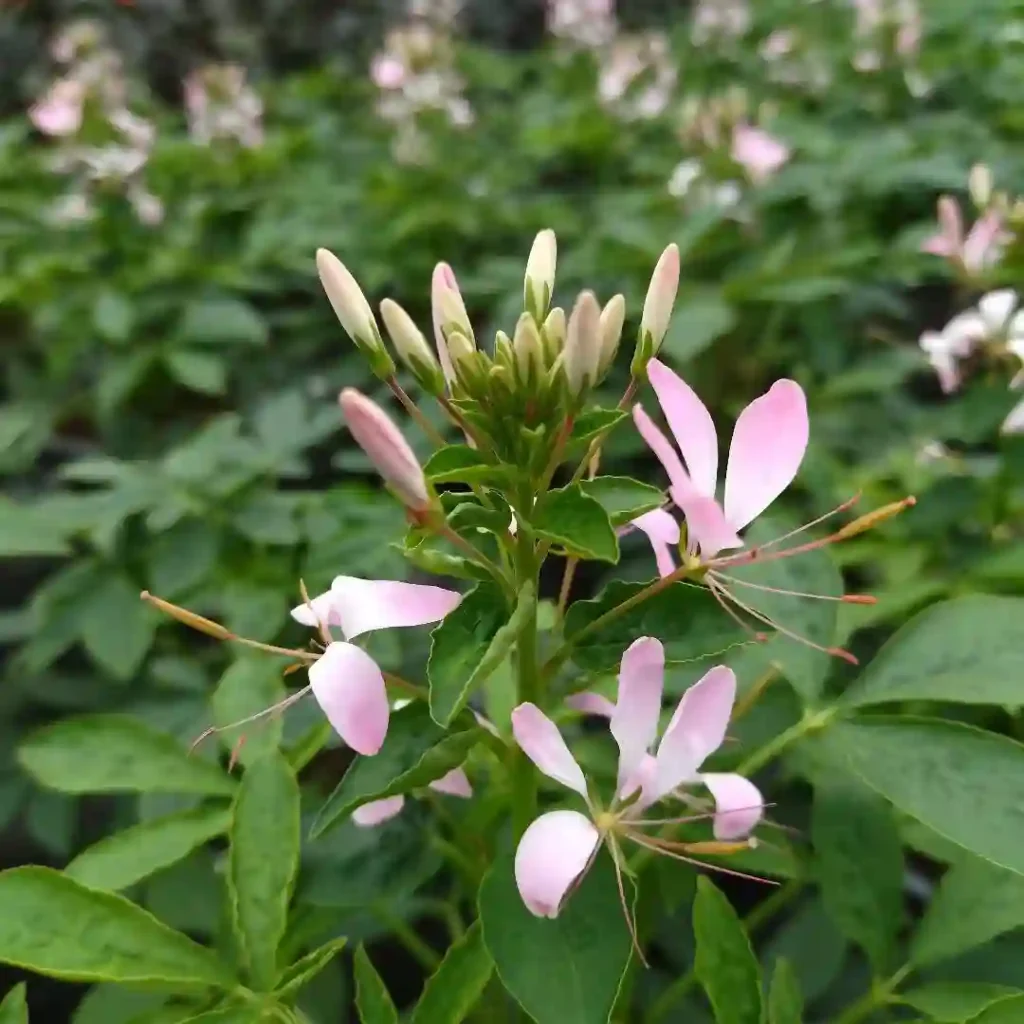FAQs About Euphorbia Serpens
Euphorbia Serpens is a unique and captivating plant, often sought after for its distinctive appearance and easy-care nature. Over time, I’ve gathered a lot of information about this intriguing plant, so let me share some of the most common questions and answers.
2093 Species in Genus Euphorbia
What is Euphorbia Serpens?
Euphorbia Serpens, commonly known as the “Creeping Euphorbia”, is a low-growing succulent that forms a dense mat of fleshy, green leaves. Native to Africa, it’s well-loved for its ability to thrive in various conditions and its attractive, ornamental qualities. The plant is noted for its creeping growth habit, making it an excellent ground cover or a striking addition to containers and hanging baskets.
How to Care for Euphorbia Serpens?
Caring for Euphorbia Serpens is relatively straightforward. Here’s what I’ve learned about its needs:
- Light: It thrives best in bright, indirect light. While it can tolerate some direct sunlight, too much can scorch the leaves. I’ve found it does well in a sunny windowsill or under grow lights if you’re growing it indoors.
- Water: Like many succulents, it prefers a dry environment. Water it thoroughly when the top inch of soil feels dry. Overwatering can lead to root rot, a common issue with Euphorbias.
- Soil: A well-draining soil mix is essential. I use a cactus or succulent mix, which provides the right balance of drainage and aeration.
- Temperature: Euphorbia Serpens enjoys warm temperatures. It thrives in temperatures between 60-75°F (15-24°C). It’s best to avoid frost, as cold temperatures can damage the plant.
- Fertilization: Feed it with a diluted, balanced liquid fertilizer once a month during the growing season (spring and summer). I usually skip feeding in winter when the plant’s growth slows down.
How to Propagate Euphorbia Serpens?
Propagating Euphorbia Serpens is quite simple and rewarding. I typically use stem cuttings for this process:
- Cutting: Take a cutting of about 4-6 inches from the tip of a healthy stem. Ensure it has a few leaves and is free from diseases.
- Drying: Allow the cut end to dry for a few days to form a callous. This step helps prevent rot when planted.
- Planting: Plant the calloused end in a well-draining soil mix. Keep the soil slightly moist until new growth appears.
- Care: Place the cutting in a bright spot but out of direct sunlight. Once rooted, treat it as you would a mature plant.
What to Plant with Euphorbia Serpens?
Euphorbia Serpens pairs well with various plants. I’ve had great success combining it with:
- Succulents: Plants like Echeveria or Sedum complement its appearance and thrive in similar conditions.
- Cacti: The combination of Euphorbia with different cacti types creates an interesting desert-themed arrangement.
- Ornamental Grasses: For a contrast in texture, I like pairing it with ornamental grasses such as Blue Fescue or Fountain Grass.
Is Euphorbia Serpens Toxic?
Euphorbia Serpens, like many in the Euphorbia family, is toxic if ingested. It contains a milky sap that can cause irritation to the skin and eyes. Always wear gloves when handling the plant and keep it out of reach of children and pets. If contact occurs, wash the affected area with water immediately.
Benefits of Euphorbia Serpens
One of the main benefits of Euphorbia Serpens is its low-maintenance nature. It’s an excellent choice for those who want a beautiful, hardy plant without requiring much attention. Its creeping habit makes it ideal for ground cover, and it can also help prevent soil erosion in garden beds.
Common Problems with Euphorbia Serpens
While Euphorbia Serpens is generally robust, a few issues might arise:
- Root Rot: Often due to overwatering or poor drainage. Ensuring proper soil and watering practices can prevent this.
- Pests: Watch out for common pests like mealybugs or aphids. Regular inspections and using insecticidal soap can help manage these pests.
- Leaf Drop: This can occur if the plant is subjected to sudden temperature changes or overwatering. Maintaining stable conditions helps keep it healthy.
Compare with Similar Plants
Euphorbia Serpens is sometimes confused with other Euphorbia species or succulents:
- Euphorbia Milii: Known as the Crown of Thorns, it’s more upright and thorny compared to the creeping nature of Euphorbia Serpens.
- Euphorbia Tiruana: This species has a more distinct, upright growth habit with larger leaves compared to the spreading form of Euphorbia Serpens.
- Sedum: While Sedum and Euphorbia Serpens share a similar growth habit, Sedums generally have thicker leaves and different flowering patterns.
Euphorbia Serpens is a fantastic addition to any garden or indoor plant collection. Its easy-care nature and unique growth pattern make it a plant that’s both visually appealing and practical. Whether you’re new to gardening or a seasoned plant enthusiast, Euphorbia Serpens is definitely worth considering.
If i die, water my plants!



